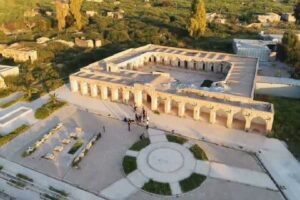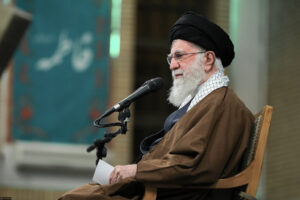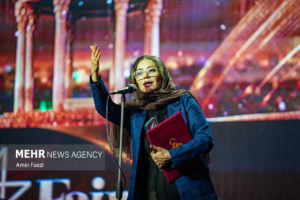Avash News: The amazing carpet, which is among the most special and valuable carpets in Iran’s history, was unveiled on the occasion of Tehran Week. The carpet was woven by Qajar-era schoolgirls in 1344 AH and is now showcased as a symbol of Iran’s cultural and artistic identity.
Mohammad-Javad Inanlou, the head of Tehran Carpet Museum, said that the carpet provides an opportunity to understand the deep bond between art and history. “Tehran Carpet Museum has always tried to play its role in promoting culture, Iranian identity, and artistic values through showcasing authentic works,” he said, adding that Tehran is a city where art and life have been woven into its warp and weft.
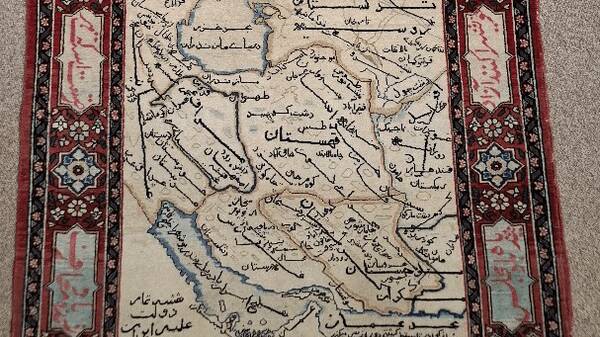
Inanlou said that the carpet is a historical document of Tehran’s cultural identity. “The inscription on its margin signifies the belief, awareness, and faith of its weavers. Girls in the cultural space of the Qajar era made an image of Iran, Tehran, and the Persian Gulf eternal through their hands and in the form of pattern and color.”
The carpet is a relic from the Qajar era and an exemplary carpet made by women at that time. Young weavers, at a period when women had limited access to official art training, created a carpet by hand that attests to the influential role of women in Iran’s cultural history.
The names of Tehran and the Persian Gulf are clearly visible on the carpet, reflecting the weavers’ understanding of nationalism and their forward-looking outlook.
The carpet was woven in a medium size with traditional Iranian colors, including Laki (a type of red), Lajvardi (a type of blue), cream, and jade green. Its design combines Islamic and geometric patterns accompanied by images of Tehran and the Persian Gulf.
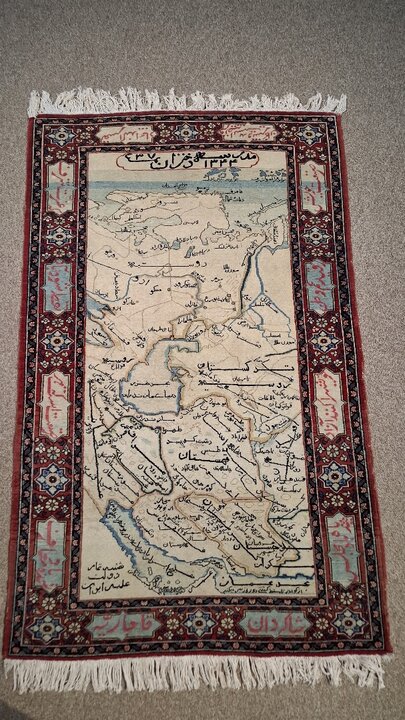
“The carpet carries messages of faith, patriotism, and aesthetics,” said Inanlou, adding that, according to the Carpet Museum, the work will always be on display so that researchers and those interested in Iran’s history and culture can become familiar with one of the most prominent carpets of Iran.
“The carpet, made over a century ago by women, not only helped keep the art of carpet weaving alive but also acts as a medium to express identity and national pride,” Inanlou said.
Tehran Carpet Museum is situated in Laleh Park in Tehran. The museum hosts exquisite carpets made by artists from across Iran. It covers an area of about 12,000 sqm, with a building occupying approximately 3,400 sqm. The museum also has a library with around 3,500 books in Persian, Arabic, French, English, and German on related topics.
Tehran Week, held from Oct. 6–15, celebrates Tehran as a dynamic and beautiful city.

